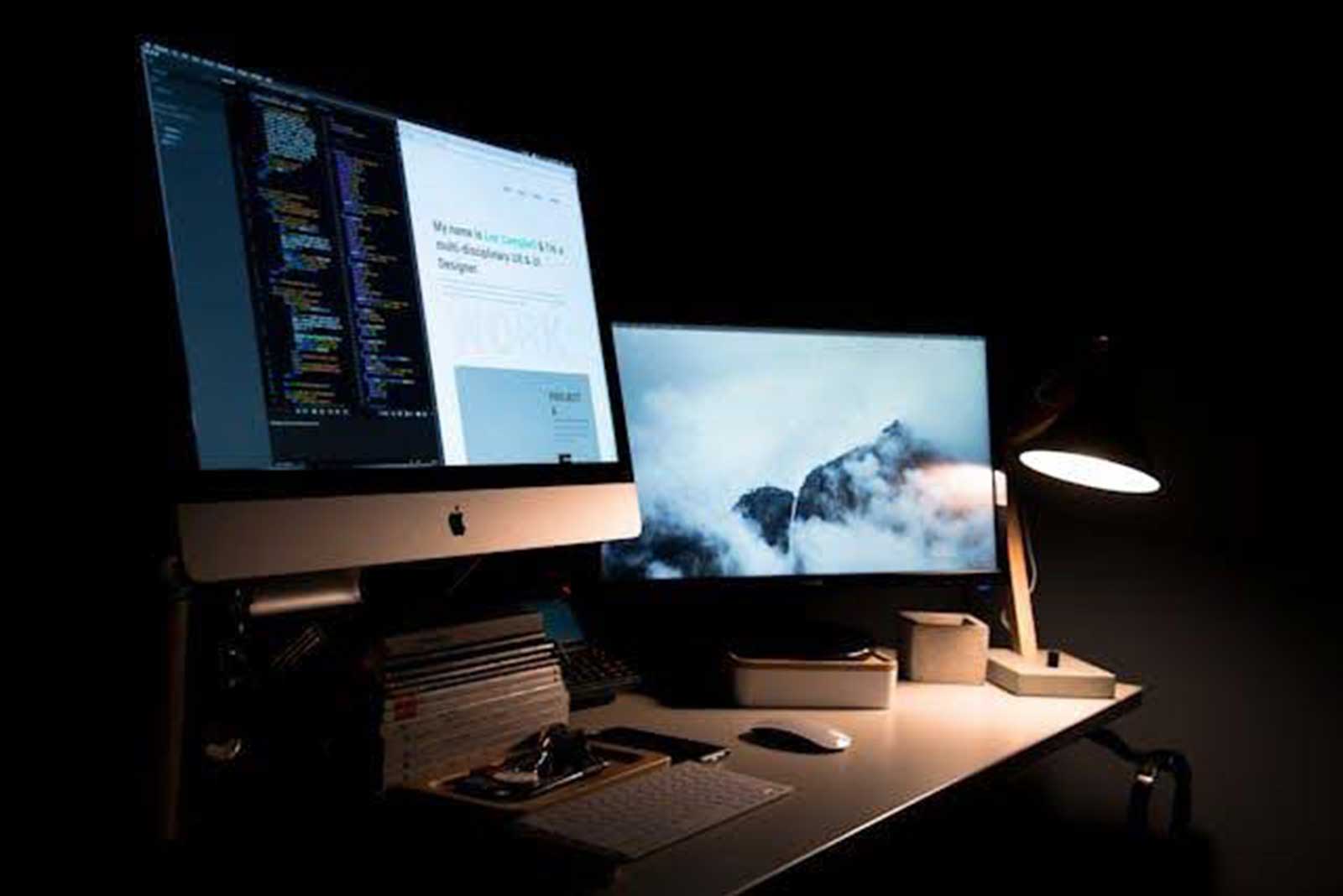1. Fix Ergonomics First—Physical Comfort Dictates Mental Stamina
A stiff chair or poorly placed monitor strains your body. Discomfort fractures focus. Choose a setup that protects your long-term health, and productivity will follow:
Choose a chair that adjusts. Align lumbar support with the curve of your lower back. Test chairs in-store; avoid online purchases without sitting first.
Elevate your monitor to eye level. From there, tilt it upward 10–20 degrees to prevent neck craning. Use a stand or stack books if needed.
Align your keyboard and mouse. Bend your elbows at around 90 degrees and keep those wrists straight. Try a split keyboard or vertical mouse if typing causes wrist pain.
Ergonomic gear feels expensive, yes. But only if you think about the short term. A $900 ergonomic chair hurts now, but it won’t ever hurt as much as a physical therapy bill for chronic back pain later on.
2. Divide Your Office Into Zones—Clarity Requires Boundaries
You want your brain to focus up as soon as you sit down to work. Train it by having distinct zones in your office:
Deep Work Zone: We like having a focus-friendly corner desk for this, preferably facing a blank wall or window. Use this area solely for tasks requiring 30+ minutes of uninterrupted focus, like drafting proposals or analyzing data to maximize lead generation.
Admin Zone: A secondary table or countertop for printing, scanning, or sorting mail. Place it across the room to force physical movement between “thinking” and “doing.”
Break Zone: A comfortable chair or couch away from screens. Reserve it for calls, reading, or mental resets.
Think of a sushi chef: one knife slices fish, another chops vegetables. Cross-contamination ruins both. Similarly, mixing tasks in one zone muddles efficiency.
3. Strip Away Visual Noise—Every Object Competes for Attention
A cluttered desk bombards your brain with micro-decisions. Unpaid invoices nag you to “act now.” Family photos trigger thoughts about weekend plans. Overhead lights glare into your eyes. Simplify your sightlines:
Paint walls matte white, soft gray, or pale blue. Avoid bold colors like red, which increase stress.
Conceal cords. Mount power strips under desks. Thread cables through adhesive clips along walls. Swap wired devices for wireless versions.
If you prefer having all your stuff visible, store them in labeled drawers instead. Keep a small tray on your desk for daily essentials (pen, sticky notes, charger). Relocate anything untouched for a week.
4. Master Sound Control—Predictable Noise Beats Silence
Total silence feels unnerving. Sudden noises (slamming doors, honking cars) spike stress hormones. Manage acoustics with intentional sound:
Play brown noise. Better at drowning out the errant sounds that jolt you out of sleep.
Block external noise. Hang acoustic panels if your office faces traffic. Install a door sweep to muffle hallway chatter.
Set communication boundaries. Use a red/green sign on your door or Slack status updates (“Deep Work Until 2 PM—DM for Urgent Issues”).
Measure ambient noise with a decibel app. Maintain 50–60 dB—the hum of a refrigerator.
5. Automate Routine Tasks—Preserve Brainpower for Decisions
Manual processes drain focus. You lose 20 minutes daily resetting Wi-Fi, searching for files, or adjusting the thermostat. Automate these tasks:
Program smart plugs. Set lamps to switch on at 7:55 AM and off at 6:05 PM. Link them to voice commands (“Hey Google, start work”).
Use scanner apps to digitize documents like receipts. Tag files by project or date.
Streamline app workflows. Connect tools via Zapier. Example: Automatically save email attachments to Dropbox, then alert your assistant via Slack.
Too technical for you? Just start small. Use built-in phone features like voice-to-text for notes. Gradually add one tool per month.
6. Optimize Lighting—Natural Light Fuels Alertness
Dim lighting strains your eyes. Harsh fluorescents cause headaches. Align your lighting with circadian rhythms:
Maximize natural light. Use sheer curtains to diffuse direct sunlight.
Layer artificial light. Combine overhead LEDs with a warm desk lamp.
Avoid blue light at night. Install apps like f.lux to tint screens amber after sunset.
Imagine a pilot landing a plane. They adjust cockpit lighting to match runway conditions. Mimic this precision in your office.
Wrapping Up
Your office should be a place that helps get the work done, not just host it.
Invest in ergonomic gear to prevent long-term stress injuries. Divide spaces to compartmentalize tasks. Eliminate visual clutter to quiet mental noise. Control sound to minimize stress. Automate routines to free up brainpower. Adjust lighting to sustain energy.
Implement one change today. Test it for a week. Note focus shifts. Iterate. Small tweaks compound into massive gains. Your workspace should serve you, not strangle you. Fix it, and watch productivity soar.

